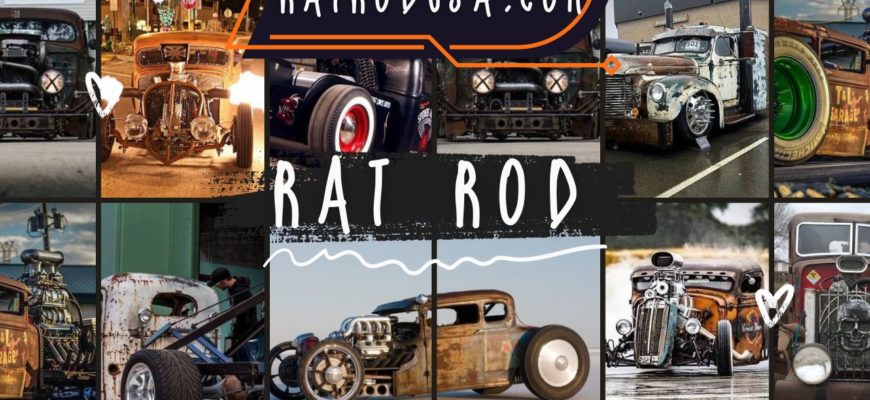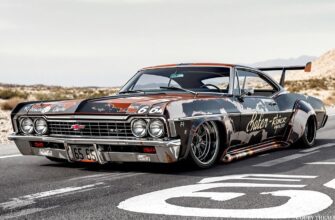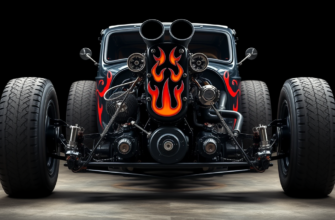Unleashing the Unconventional: Exploring the World of Rat Rods
In the realm of automotive customization, where creativity knows no bounds, a unique breed of car enthusiasts has emerged, giving birth to a phenomenon known as the rat rod. While traditional hot rods embody the spirit of polished elegance and pristine finishes, rat rods proudly defy convention, embracing an intentionally weathered and unfinished appearance. With their rusty exteriors, amalgamation of cheap or discarded parts, and imaginative design elements, rat rods have become a distinct and captivating subculture within the automotive world.
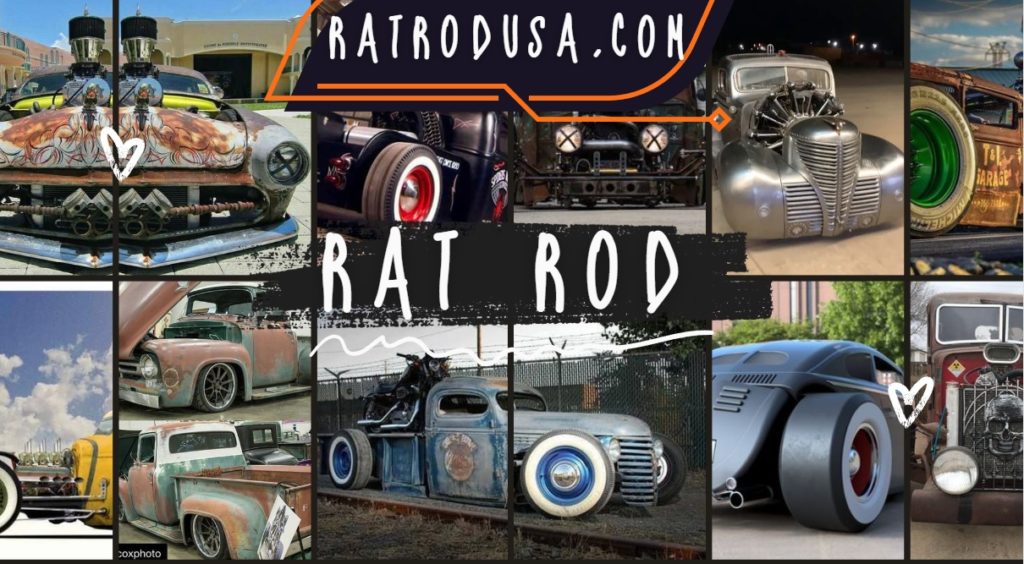
Understand this culture
To truly understand the essence of the rat rod, we must first delve into the roots of its predecessor, the hot rod. Originating in the 1940s, hot rods were custom cars modified from classic models, boasting increased horsepower and enhanced performance. The term “hot rod” itself has sparked debates among automotive historians, with some believing it to be a shortened form of “hot roadster,” while others attribute it to the reference of a car’s camshaft. Interestingly, during the 1930s, “hot rod” was slang for armed criminals or rebellious young men, potentially establishing a connection between fast cars and a certain sense of defiance.
The birth of rat rods can be traced back to the motoring culture’s earlier fascination with “rat bikes.” These motorcycles, characterized by haphazard customizations and a worn-out aesthetic, paved the way for the emergence of rat rods. Rat bikes, prevalent in the 1970s, were shabbily repaired and refurbished motorcycles that exuded a distinct charm. It wasn’t until the 1980s that the term “rat bike” gained conscious recognition and gradually inspired the development ofr.
The credit for coining the term “rat rod” goes to Gary Baskerville, the editor of Hot Rod magazine. In the early 1990s, Baskerville encountered a hot rod built by the artist Robert Williams that bore a striking resemblance to the rat bikes of yesteryears. The car’s intentionally rusted shell and raw construction evoked memories of the rat bikes, leading Baskerville to dub it a “rat rod.” This pivotal moment in automotive history marked the birth of a new segment within the hot-rodding culture, one that rebelled against the prevailing obsession with immaculate chrome exteriors.
Diverging from the traditional hot rod and its more family-friendly counterpart, the street rod, rat rods occupy a distinct niche. Street rods are automobiles manufactured before 1948, upgraded with enhancements to the engine, transmission, interior, or paint job. On the other hand, hot rods, also originating from the pre-1948 era, are specifically modified for racing purposes, featuring more powerful engines and exposed components for efficient heat dissipation. Rat rods, while sharing a common lineage with hot rods, deviate from their polished counterparts by embracing an unfinished and shabby appearance. They are created through piecing together disparate parts, often sourced from different eras and repurposed from unconventional sources.
The defining characteristic of a rat rod lies in its deliberately unfinished and unrefined aesthetic. Rat rods are the embodiment of cost-efficiency and boundless creativity. There are no set standards or rules to follow when constructing a rat rod, allowing builders to unleash their imagination and bring forth truly unique designs. A rat rod can be a fusion of various styles, eras, and influences, resulting in a rolling work of art that both challenges and captivates the onlooker.
In the present day, rat rods continue to thrive, with dedicated car shows and magazines celebrating these unconventional vehicles. For those who crave adventure, rally races, and a departure from the conventional, rat rods offer an alluring option. They embody the spirit of individuality, rebellion, and the pursuit of automotive expression. With a rat rod, you can unleash your inner artist and create a machine that stands as a testament to your unbridled imagination.
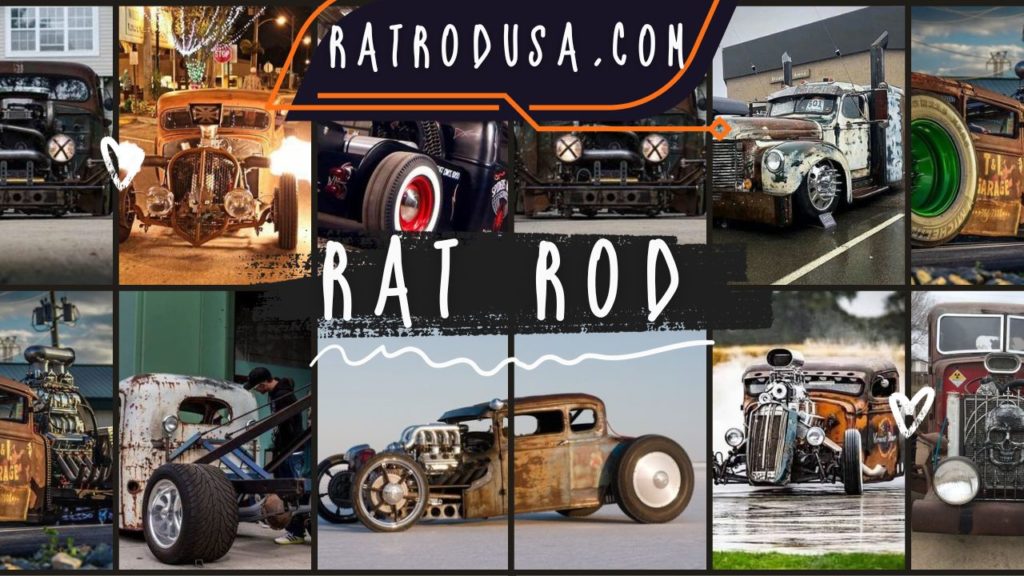
What kind of money do we need to have to create a good rat rod project
Here’s a table with statistics for Rat Rod cars, including prices for different parts:
| Part | Average Price Range ($) |
|---|---|
| Chassis | 500 – 1,500 |
| Engine | 1,000 – 5,000 |
| Transmission | 500 – 2,000 |
| Suspension | 300 – 1,500 |
| Exhaust System | 200 – 800 |
| Wheels | 100 – 500 |
| Tires | 100 – 400 |
| Body Panels | 200 – 1,000 |
| Paint and Finish | 500 – 2,500 |
| Interior | 300 – 1,500 |
| Electrical | 200 – 1,000 |
| Miscellaneous | 100 – 500 |
What is RAT ROD – conslusion
In conclusion, the rat rod has emerged as a unique subclass within the hot rod family. Its origins can be traced back to the fascination with rat bikes and the serendipitous encounter between Gary Baskerville and Robert Williams’ creation. Rat rods, with their rugged charm and unfinished allure, provide a canvas for automotive enthusiasts to break free from tradition and embark on a journey of limitless creativity. So, if you find yourself drawn to the unconventional, the rat rod might just be your ticket to a world where imagination reigns supreme.
(109)

